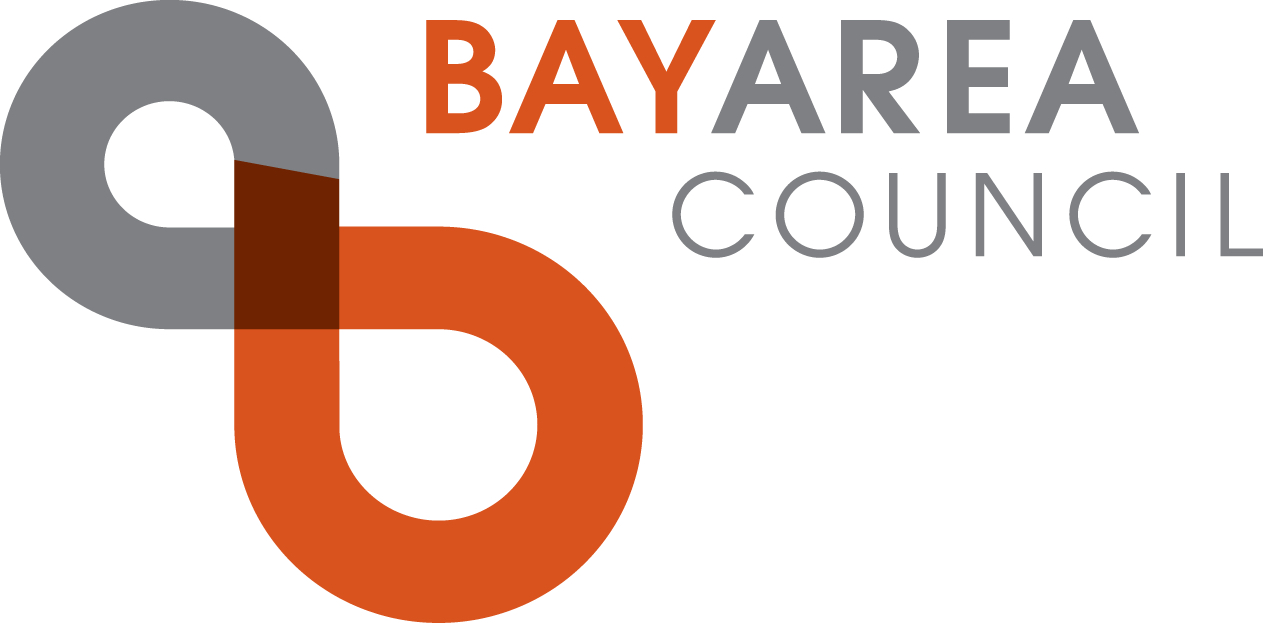Report: Economic Benefits of 2nd Transbay Rail Crossing
Building a second transbay rail crossing would have enormous economic benefits for the Bay Area, according to a new report the Bay Area Council Economic Institute released today (Feb. 9). From easing congestion that strangles productivity to supporting local economic development and job creation, a second transbay rail transit crossing would improve the transportation connections that are the lifeblood of a Bay Area economy that ranks as the 23rd largest in the world.
The report examines BART’s astounding ridership surge over the past decade, the system’s immense importance to the region’s economy and the fast-approaching limits of the existing transbay tube to accommodate ridership growth between the East Bay and San Francisco that is outpacing the system overall. The 28,000 riders per hour that currently make the transbay trip during peak commute times exceeds BART’s stated capacity of 22,700 passengers.
“The transbay crossing is the lynchpin of our economy, but it’s fast becoming the choking point,” said Dr. Micah Weinberg, President of the Bay Area Council Economic Institute. “A second transbay rail crossing would add essential capacity to our regional transportation system, taking pressure off our congested roads and highways, providing a critical backup during times of emergency and providing the valuable connections and mobility that workers and employers need.”
Read The Case for a Second Transbay Transit Crossing>>
The report describes how an additional transbay crossing is a prerequisite for delivering high frequency service to East Bay BART lines, which is limited today because all lines funnel into the congested transbay tube. The report also describes how a second transbay crossing could connect existing networks to deliver remarkable new connections, for example a direct link from the East Bay to the Peninsula, or connecting the future high speed rail network to Oakland and beyond.
The strain on the current transbay crossing is painfully obvious, the report finds, with BART ridership exploding during the same period that the Bay Area has experienced some of the nation’s biggest job gains. From 2010 to 2015, average weekday trips on BART grew from 350,000 to 450,000, the report says. A sizable 53 percent of those trips, according to the report, occur along the transbay corridor between the East Bay and San Francisco. And transbay ridership has grown 39 percent since 2009 and outpaces system-wide ridership growth. The future looks much the same, with ridership on BART expected to increase another 100,000 trips daily by 2025.
Relieving pressure on the current transbay tube would translate into significant productivity gains for workers and better access for employers to the region’s overall labor force, the report states. Citing a 2002 study, the Economic Institute report estimates that a second transbay crossing could reduce commute times for up to 80,000 riders by as much as 40 minutes per day.
The economic benefits of a second transbay transit would ripple across the region in many other ways, the report finds. The benefits extend from greater access to jobs and affordable housing, to new mixed-use, transit‐oriented communities being developed around transit lines that take advantage of enhanced train capacity and frequency. A second transbay transit crossing also would encourage motorists to leave their automobiles behind, taking pressure off the region’s badly congested highways and reducing the amount of time workers waste stuck in traffic that is among the nation’s worst.
There are also direct benefits related solely to the construction of a second transbay crossing. The report says the project would very conservatively generate $18 billion in economic activity from construction. The report explores a variety of new and innovative methods for financing construction of a second transbay crossing that past studies estimate could exceed $10 billion.
The report does not advocate for a particular alignment for a new crossing, but summarizes some of the options that have been proposed and currently are under study.





